Sustainable Forest Certification For Ethical Wood Sourcing
- September 23, 2024
- 0 comment
Sustainable forestry plays a critical role in addressing environmental challenges, supporting biodiversity, and ensuring that future generations have access to essential natural resources. With increasing global concerns over deforestation and environmental degradation, certifications like Sustainable Forest Certification (SFC) have emerged as vital tools to promote ethical wood sourcing and responsible forestry practices.
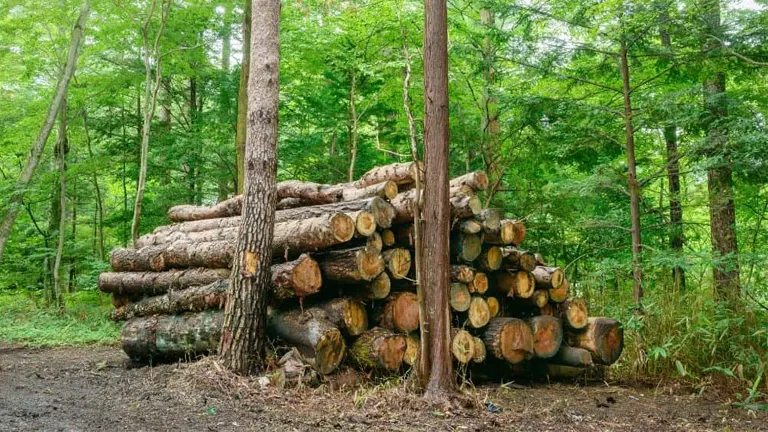
These certifications ensure that wood products are derived from well-managed forests that meet rigorous environmental, social, and economic standards. Below, we explore the concept of Sustainable Forest Certification, its importance in ethical wood sourcing, the types of certifications available, and how organizations like Responsible Wood are contributing to this global effort.
Table of Contents:
- The Importance of Ethical Wood Sourcing
- Types of Sustainable Forest Certification Programs
- How Certification Impacts the Supply Chain
- The Role of Responsible Wood in Promoting Sustainable Forest Management
- Challenges and Solutions in Sustainable Forest Certification
- Why Sustainable Forest Certification is Essential for Ethical Wood Sourcing
What is Sustainable Forest Certification?
Sustainable Forest Certification (SFC) is a voluntary, third-party evaluation process that ensures forests are managed in a way that balances ecological, social, and economic factors. Certification bodies assess whether forest managers follow specific guidelines that promote sustainable practices. These include maintaining biodiversity, conserving soil and water resources, protecting wildlife habitats, and respecting the rights of indigenous communities.
Certified forests are required to adhere to a comprehensive set of criteria that often align with internationally recognized principles of sustainability. This certification allows consumers and businesses to identify and prefer wood products that come from responsibly managed forests, contributing to the fight against deforestation and climate change.
The Importance of Ethical Wood Sourcing
Ethical wood sourcing refers to the practice of obtaining wood and wood-based products from sources that meet high standards of sustainability and social responsibility. Deforestation, illegal logging, and forest degradation pose severe threats to ecosystems worldwide, causing loss of biodiversity, soil erosion, and climate change exacerbation.

Sustainable Forest Certification addresses these concerns by:
- Protecting Biodiversity: Certified forests maintain diverse ecosystems that support a wide range of plant and animal species.
- Combating Deforestation: By ensuring that forests are harvested in a controlled, sustainable manner, certification programs help reduce large-scale deforestation.
- Promoting Fair Labor Practices: Certifications often include criteria related to workers’ rights and community welfare, ensuring fair wages, safe working conditions, and respect for indigenous people’s rights.
- Encouraging Transparency and Accountability: Certification programs require detailed record-keeping and regular audits, fostering transparency in the wood supply chain.
Types of Sustainable Forest Certification Programs
Several major certification schemes operate globally, each with its own set of standards and guidelines. These certifications are essential for businesses and consumers seeking to engage in ethical wood sourcing.

Forest Stewardship Council (FSC):
The Forest Stewardship Council (FSC) is one of the most recognized forest certification schemes worldwide. Established in 1993, the FSC sets rigorous standards for responsible forest management that take into account environmental, social, and economic concerns. The FSC logo on wood products signifies that the wood comes from a forest that has been independently certified to meet the organization’s high standards.
FSC Certification Focuses on Several Key Areas:
- Environmental Protection: Ensuring the conservation of biodiversity and ecosystems.
- Social Responsibility: Upholding the rights of workers and indigenous communities.
- Economic Viability: Promoting responsible forest management that is economically sustainable for forest owners.
Programmed for the Endorsement of Forest Certification (PEFC)
The PEFC is another globally recognized forest certification system that promotes sustainable forest management through a chain-of-custody certification process. It focuses on protecting forests, supporting livelihoods, and ensuring sustainable economic development for forest-dependent communities. The PEFC works by endorsing national forest certification schemes that meet its international standards.
PEFC’s strengths lie in:
- Local and Global Reach: PEFC certification is based on national standards, ensuring relevance to local conditions while maintaining global sustainability principles.
- Support for Smallholders: PEFC is particularly effective in supporting small-scale forest owners, who may face challenges in accessing larger certification schemes like FSC.
Responsible Wood (Australia’s National Standard for Sustainable Forest Management)
In Australia, Responsible Wood manages the country’s national forest certification scheme, which is endorsed by PEFC. This certification ensures that Australian forests are managed to the highest environmental and social standards. The Responsible Wood standard covers a wide range of sustainability issues, including biodiversity, water resources, carbon storage, and community rights.
Responsible Wood certification is significant for Australian wood producers and consumers because:
- It reflects local forest management challenges: The certification considers the unique environmental conditions of Australian forests, including fire risks and biodiversity preservation.
- Endorsement by PEFC: Responsible Wood’s PEFC endorsement ensures that it meets globally recognized sustainability criteria, making Australian wood products more attractive in international markets.
How Certification Impacts the Supply Chain
Sustainable Forest Certification has a ripple effect throughout the entire supply chain. When a forest is certified, not only does the wood harvested from it adhere to ethical standards, but the subsequent stages of production, transportation, and retail are also held accountable. This process is referred to as “Chain of Custody” certification.
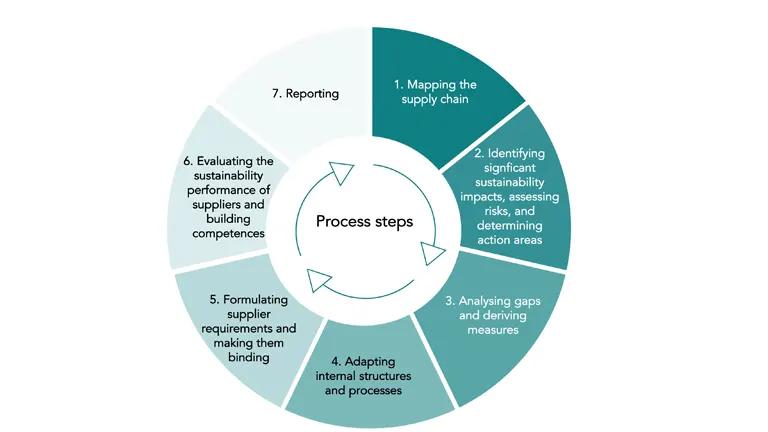
Chain of Custody certification ensures that every entity handling the wood, from logging companies to retailers, follows sustainable practices. As a result:
- Consumers gain confidence in the ethical origins of the wood products they purchase.
- Manufacturers and suppliers can differentiate their products in an increasingly sustainability-conscious market.
- Retailers can meet the growing demand for eco-friendly products, helping to build brand trust and loyalty.
The Role of Responsible Wood in Promoting Sustainable Forest Management
Responsible Wood is a key player in promoting sustainable forest management in Australia, offering certification schemes that meet international standards. It is the largest forest certification body in Australia, with extensive coverage of the country’s timber-producing regions.
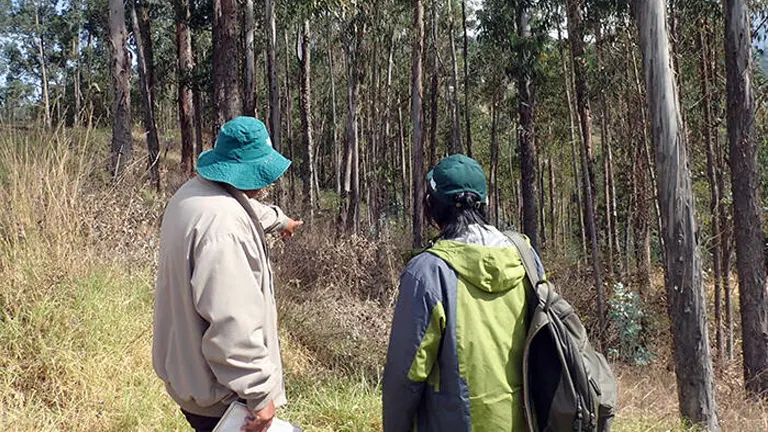
Achievements and contributions of Responsible Wood include:
- Endorsing Sustainable Forest Practices: By setting rigorous standards for forest management, Responsible Wood helps ensure that Australia’s forests are harvested in a way that maintains their ecological integrity.
- Promoting Ethical Wood Products: Certified wood products from Responsible Wood forests are recognized in both national and international markets, supporting Australian timber industries while meeting global sustainability demands.
- Community Engagement and Education: Responsible Wood actively works with local communities, indigenous groups, and other stakeholders to promote awareness of sustainable forest management practices and the benefits of certification.
Challenges and Solutions in Sustainable Forest Certification
Despite its clear benefits, Sustainable Forest Certification faces several challenges, including:
- Costs of Certification: Obtaining certification can be expensive for small landowners and forest managers. Certification bodies charge fees for audits, documentation, and compliance, which may be a financial burden for smaller operations.
- Complexity of Compliance: Managing the complex requirements of certification programs can be overwhelming for companies, particularly those in developing regions with limited access to resources.
- Consumer Awareness: While sustainable wood sourcing is important, many consumers remain unaware of certification schemes or their significance. This can limit the demand for certified wood products.
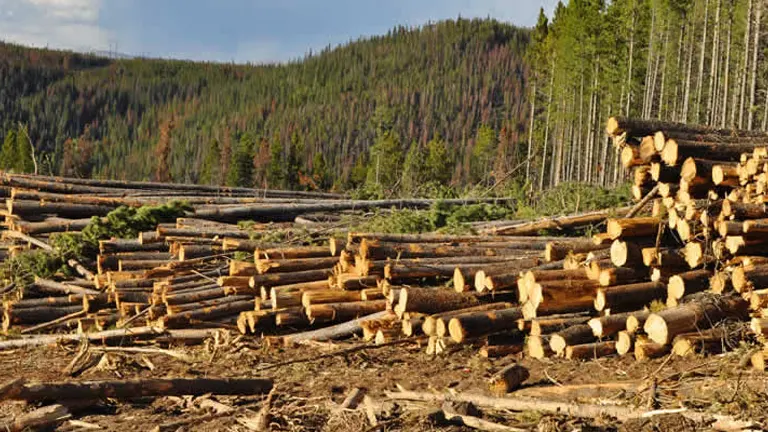
Potential Solutions include:
- Support for Smallholders: Programs like PEFC are already tailored to support small-scale forest owners. Expanding these efforts and offering subsidies or incentives could help lower the financial barriers to certification.
- Educational Campaigns: Increasing awareness about Sustainable Forest Certification through public education campaigns can drive demand for certified wood products, encouraging more businesses to seek certification.
- Government Support: Governments can play a key role in promoting certification by setting sustainability standards for public procurement of wood products or offering financial incentives for certification.
Why Sustainable Forest Certification is Essential for Ethical Wood Sourcing
Sustainable Forest Certification offers a practical, reliable way to ensure that wood products come from responsibly managed forests. It addresses the global challenges of deforestation, illegal logging, and environmental degradation, while also providing economic and social benefits to communities and businesses.
For consumers, purchasing certified wood products means supporting a more sustainable future. For businesses, certification offers a way to demonstrate their commitment to corporate social responsibility and sustainability, which is increasingly important in today’s market.
Furthermore, by promoting ethical wood sourcing, Sustainable Forest Certification contributes to broader environmental goals, such as mitigating climate change, preserving biodiversity, and maintaining ecosystem services.
Final Conclusion
Sustainable Forest Certification is a cornerstone of ethical wood sourcing, ensuring that forests are managed responsibly and wood products are produced with minimal environmental and social harm. Through certification programs like FSC, PEFC, and Responsible Wood, businesses, consumers, and governments can all contribute to the global effort to protect forests and promote sustainable development.
The future of ethical wood sourcing lies in expanding the reach of certification programs, increasing consumer awareness, and addressing the challenges that small-scale forest managers face. By continuing to invest in sustainable forest management, we can protect the planet’s forests for future generations while meeting the growing demand for wood products in an ethical and environmentally responsible way.
Frequently Asked Questions (FAQs)
- What is Sustainable Forest Certification (SFC)?
Sustainable Forest Certification (SFC) is a voluntary, third-party evaluation process that ensures forests are managed responsibly. It sets strict guidelines for environmental protection, social responsibility, and economic sustainability, helping to ensure that wood products come from well-managed forests. - Why is ethical wood sourcing important?
Ethical wood sourcing is crucial because it helps combat deforestation, protects biodiversity, and ensures fair labor practices. By sourcing wood from sustainably managed forests, companies and consumers contribute to the protection of natural ecosystems and the livelihoods of communities that depend on them. - What are the main types of forest certification programs?
The most recognized forest certification programs include the Forest Stewardship Council (FSC), the Programme for the Endorsement of Forest Certification (PEFC), and Responsible Wood, which operates in Australia. These programs set high standards for sustainable forestry and ensure transparency in the supply chain. - How does Sustainable Forest Certification benefit the environment?
Sustainable Forest Certification promotes practices that conserve biodiversity, protect wildlife habitats, prevent soil degradation, and safeguard water resources. By adhering to these practices, certified forests help mitigate the impacts of climate change and reduce deforestation. - What role does Responsible Wood play in sustainable forest management?
Responsible Wood manages Australia’s national forest certification scheme, which is endorsed by PEFC. It ensures that forests are managed according to strict sustainability criteria, protecting Australia’s unique ecosystems while supporting local communities and industries. - What is Chain of Custody certification?
Chain of Custody certification ensures that wood products can be traced through every step of the supply chain, from forest to final product. This certification guarantees that every entity handling the wood, such as manufacturers and retailers, adheres to ethical and sustainable practices. - How can consumers identify certified wood products?
Consumers can identify certified wood products by looking for logos from recognized certification bodies, such as FSC or PEFC, on product packaging or labels. These logos indicate that the product has been sourced from a sustainably managed forest. - What challenges do small-scale forest owners face in obtaining certification?
Small-scale forest owners often face financial and logistical challenges in obtaining certification, such as the high costs of audits and compliance. Certification programs like PEFC are working to make the process more accessible to smaller landowners. - How do Sustainable Forest Certification programs support local communities?
Certification programs often include social criteria that protect the rights of indigenous peoples and local communities. By ensuring fair wages, safe working conditions, and respect for land rights, these programs contribute to the well-being of forest-dependent communities. - What can governments do to promote Sustainable Forest Certification?
Governments can support Sustainable Forest Certification by setting sustainability standards for public procurement of wood products, offering financial incentives for certification, and running public education campaigns to raise awareness about the importance of certified wood.
We trust this guide has provided valuable insights into Sustainable Forest Certification and ethical wood sourcing. Have experience or ideas on sustainable forestry? Share your thoughts below and help raise awareness. Don’t forget to share this guide with others who care about protecting our forests for a sustainable future.

James Wilson
Forestry AuthorJames Wilson has over 15 years of experience in forestry economics, specializing in sustainable practices, investment opportunities, and financial management. He has contributed to notable publications like "Forestry Today" and "EcoFinance Journal" and is known for providing practical and insightful advice. With a degree in Environmental Economics, James stays updated through continuous learning and active participation in industry discussions. Outside work, he enjoys hiking and nature photography, bringing a well-rounded perspective to his professional role.






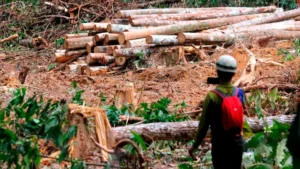

Leave your comment